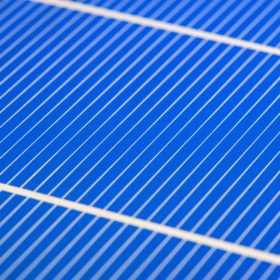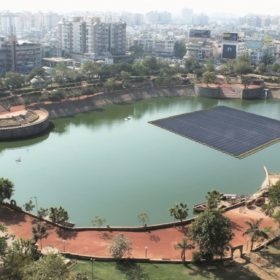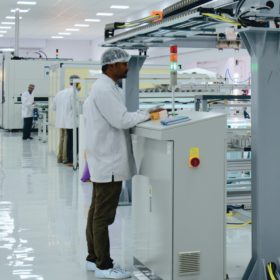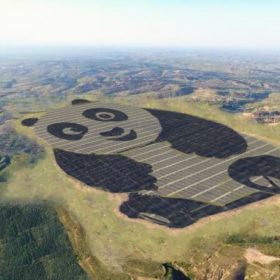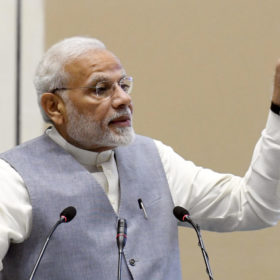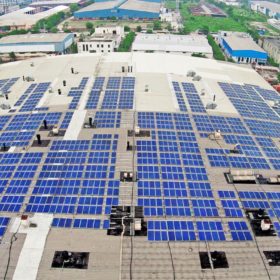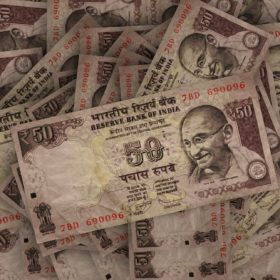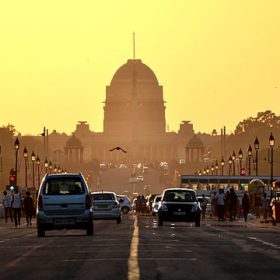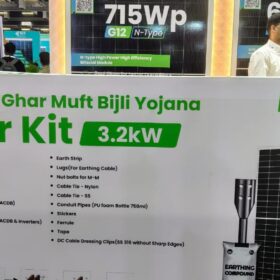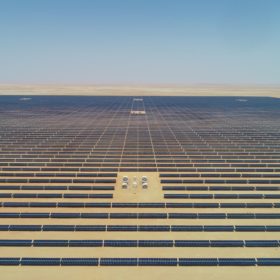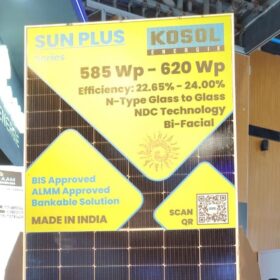Indian PV procurement leapt to 3 GW in October figures
Developers gave short shrift to gloomy predictions about depreciation, protectionism and tax headwinds as tendering and auction figures soared, but they shied away from the tough price caps set for SECI’s procurement exercises.
SECI director floats idea of further large-scale reservoir PV
With the Solar Energy Corporation of India having already proposed 10 GW of solar be located on artificial bodies of water over the next three years, Shailesh Mishra has mooted ambitious plans at four more locations.
Hits and misses among latest 10 GW solar tender amendments
While the timelines for PV power plant execution and completion of manufacturing facilities are now more realistic, production obligations – especially for capacity utilization – need to be revisited.
China may raise 2020 solar target to over 200 GW
The target of 105 GW of cumulative installed photovoltaic power, which was originally planned to be achieved by the end of the decade, has already been surpassed. PV Info Link now reports that the 2020 solar target may be revised upwards to between 210 GW and 270 GW.
Solar still gaining as coal’s share of national capacity falls
India saw an increase in PV’s share of national generation capacity in the third quarter, as 2 GW more solar was added despite worries buffeting the industry.
Azure Power agrees Rs2.59 tariff for latest 300 MW project
The developer will supply energy to the NTPC under a 25-year PPA and can build the project anywhere in India, with construction slated to finish in early 2021.
SoftBank and Essel to develop 500 MW solar park
A failed association with IL&FS has failed to deter SoftBank from its plan to invest a staggering $1tn in Indian solar by 2030. Now the Japanese funding giant is working with Essel Infraprojects on a 500 MW plant, with further details yet to be revealed.
Falling rupee could threaten Rs28,000 crore of solar projects
As the currency continued to fall today, analysts are concerned developers will see any savings from falling module prices disappear, and lenders may get nervy, putting the national solar target in grave doubt.
Azure Power raises $400 million in debt and equity
Azure Power has raised the capital since June 30th, and says it is “the largest amount of financing raised by a solar power company in India during this period”. Azure says the fund leaves it well positioned to deliver a 2 GW project pipeline.
Solar City Initiative phase two launched in Delhi
The programme allows the installation of solar roof atop apartment blocks, which otherwise could not install such systems. Potential in the area is around 15 MW, of which 6 MW have been signed up for already. Another 5 MW should be developed in this second phase of the project.
